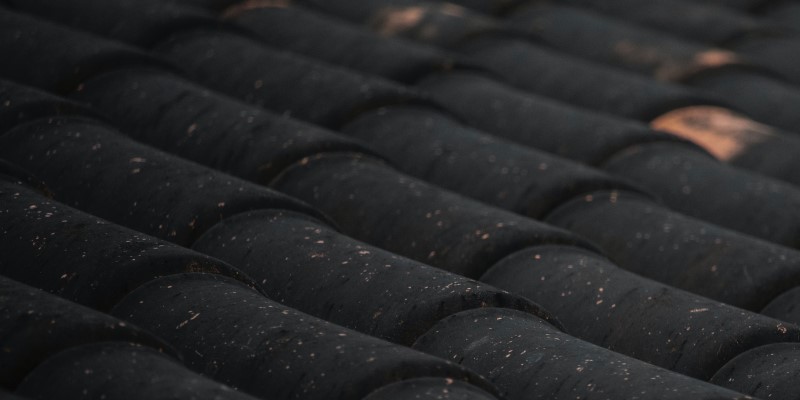How to Remove an Asbestos Roof?

If you live in an older property, you’re fortunate enough to enjoy a home with plenty of history, and a more unique traditional aesthetic. However, owning an older home is not without its drawbacks, one of the biggest is the potential presence of asbestos. Widely used across the construction industry, one of the most common places to find asbestos is in roof tiles. A substance infamous for the hazards it presents to human health, removing asbestos from their property often becomes an immediate priority for homeowners who discover it.
Does My Roof Have to be Removed?
It depends. The asbestos most commonly found in roofing materials is chrysolite, which was the least harmful variant used in construction throughout the 20th Century. As long as your roof has not been damaged or disturbed, it shouldn’t pose too much risk. However, as time goes on and natural wear takes its toll, this becomes ever more likely.
As the years since asbestos being banned for use in roofing go by, the consensus that maintaining or putting off removing asbestos roofing is simply delaying the inevitable grows. These materials will need to be replaced sooner or later, and it’s best to remove an asbestos roof as soon as possible. We would always advise that you hire a professional, but if you’re truly set on tackling the job yourself, read on.
Removing an Asbestos Roof Yourself
- The first step before tackling asbestos is to ensure that you’re wearing the proper safety equipment. Overalls, goggles, gloves, a hat, hood, and dust mask will need to be worn. For your own safety, ensure that no skin is left exposed, as well as covering your eyes, mouth, and nose.
- Clear the area on and around your roof and cover the ground nearby with polythene sheets. These will need to be disposed of later on, and you’ll need plenty of sheets to wrap the roofing materials in later, and ensure no harmful material falls onto your garden.
- Set up a safe access point and pathway to your roof. This can be done using a secure ladder or scaffolding, along with a series of walk pads that are covered appropriately. Again, anything used while working with asbestos will need to be disposed of or cleaned and disinfected very thoroughly afterwards.
- You can now begin to remove the roofing materials, as slowly and carefully as possible. If any fixings are holding them down, they will need to be unscrewed first. If any roofing sheets are held in place by bolts or nails that cannot be unscrewed, the sheet may need to be broken around the fixing. This needs to be done EXTREMELY carefully, and we’d recommend bringing in a professional.
- Any roof tiles or sheets you remove should be gently moved and placed down on the polythene sheets you prepared earlier. Be very careful not to damage the material and continue in this methodical fashion until the roof has been fully removed.
- Once the roof has been cleared, inspect the area for any remaining debris. This step is hugely important, along with cleaning any dust away. All dust and debris should be carefully disposed of in the polythene sheets. Do not use a vacuum cleaner under any circumstances unless you’re willing to throw it away afterwards!
- All materials and waste should be wrapped up in the polythene sheeting, or alternatively placed in asbestos removal bags if pieces are small enough. Once again, do not break up any pieces. The bags should then be sealed with secure tape, and repeated so the materials are double-bagged.
- Dispose of all polythene used to cover the ground or walkways, along with all disposable pieces of equipment. Any waste from this job should be considered asbestos waste and handled with the utmost care. All tools and equipment you keep afterwards needs to be washed and disinfected thoroughly.
- Disposing of the waste will vary depending on where you live, however most recycling centres will have ways of dealing with asbestos. Note that when transporting the waste, a car or van is much safer than using an open trailer or skip. If you’ve got a great deal of material to get rid of, you may need to contact a specialised asbestos removal company.
When in Doubt, Call An Expert
If you feel for any reason that removing an asbestos roof is beyond your capabilities, or you feel at all uncomfortable, don’t be afraid to contact a professional. There are plenty of independent and council-run services specialising in asbestos removal. This can be an extremely tricky process, and it’s best left to the experts. Their experience will allow them to remove your asbestos roof in a quick, efficient manner that reduces the risk of exposure to you and those around you.